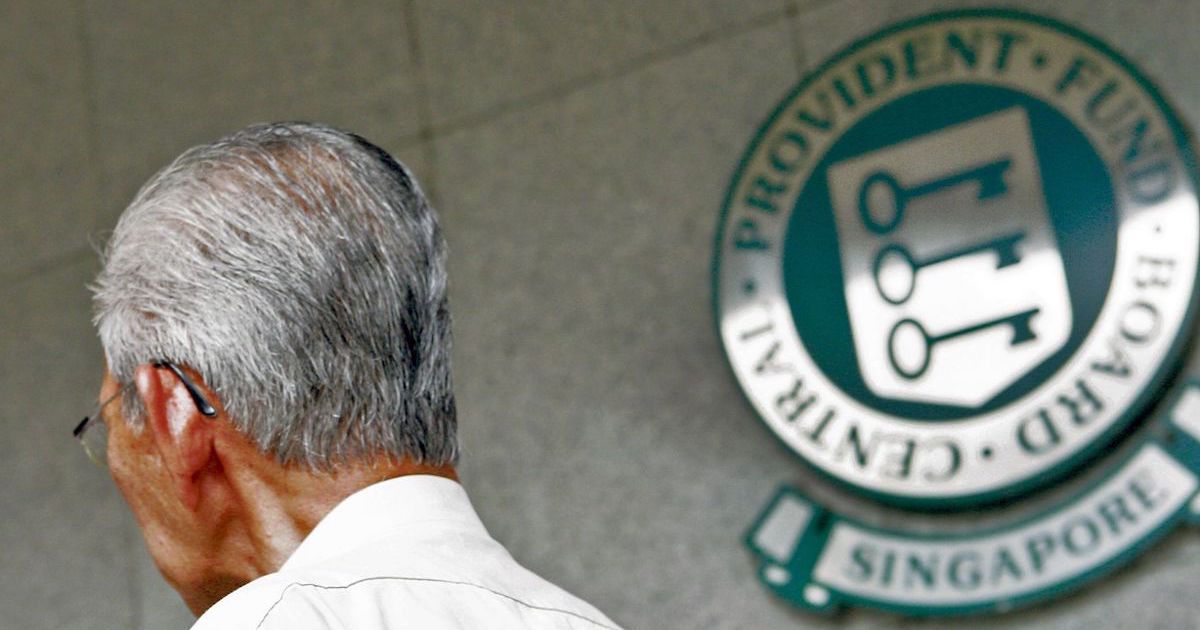Mercer and CFA Institute have just released their annual Global Pension Index, consisting of 43 major countries reviewed and ranked this year.
Singapore’s CPF ranked a respectable 10th (slipping three places since 2020 though) and, unsurprisingly, best in Asia.
Interestingly, seemingly developed and caring countries like South Korea or Japan ranked very poorly (at 36th and 38th), on par with India, Thailand or the Philippines.
Devil in the details
I distrust rankings of all sorts, particularly those which try to greatly simplify highly complex topics. That said, while the lists they produce may not be of much use, the work put in might still have some value, which is why it makes sense to delve deeper into their reports.
After all, nobody in their right mind would think that the pension system in Japan can be considered in the same breath with India or the Philippines, or significantly outranked by Malaysia or South Africa (with all due respect).
Similarly, the 10th spot for Singapore, while pretty high, is likely considerably lower than it should (objectively) be. So, let’s take a look at what Mercer recommends for the city-state to improve its overall index score:

The overall index value for the Singaporean system (according to Mercer) could be increased by:
- Reducing the barriers to establishing tax-approved group corporate retirement plans
- Improving the level of communication provided to CPF members
- Opening CPF to non-residents (who comprise a significant percentage of the labour force)
- Increasing the age at which CPF members can access their savings that are set aside for retirement, as life expectancies rise
Now, the first two points are really remarks about the administrative decisions made in how the system is run in the country. I’m not sure how Mercer and CFAI see this significantly changing the realities of retirement in Singapore.
The next two however, are much more interesting as they are targeting the fundamentals of CPF.
I’m not sure if the authors of the report understand the realities of employment in the city-state, as non-residents who do not qualify for CPF will not retire in Singapore anyway. By its very design, the system provides pensions to those who are going to live in Singapore when it’s their time to leave the labour market.
How does excluding those who are not going to remain in the city-state affect the overall situation of the pension system? It’s a mystery… And yet, it has been marked down for that.
Raising the eligibility age
The final recommendation Mercer and CFA have made would likely prove to be the most contentious among Singaporeans, as many still yearn for the return of the days where you could withdraw your CPF in a lump sum after turning 55.
These times are not coming back, since it would leave many people without adequate protection in their old age, particularly as life expectancy keeps growing.
But it seems that the report’s authors have ignored the details about how CPF payouts in Singapore work.

Right now, Singaporeans get access to only S$5,000 when they turn 55 and up to 20 per cent of their savings upon reaching 65 years of age.
Meanwhile, the local government has already announced progressive increase of the retirement and re-employment ages to 65 and 70 respectively, within the next decade. In fact, they are about to go up to 63 and 68 on 1 July 2022.
In addition, nothing prohibits the elderly from working beyond the statutory pension age, and the re-employment regulations actually encourage staying in the workforce for up to additional five years. It doesn’t seem to me that this was adequately reflected in the global ranking.
To top it off, the payouts from CPF can be deferred up to the age 70 (though I assume it will progressively be raised to 75). This means that future pensioners can still contribute to and earn interest on their pension savings if they do not want to retire just yet. After all, people age differently.
What Mercer and CFA seem to recommend is legal compulsion, while the Singapore government has actually given local pensioners freedom to benefit from the system by choosing to extend their employment and retire with a larger nest if they so wish (while providing access to a portion of the saved funds earlier, in case of a burning need).
In other words, compared to several European systems that were ranked higher than Singapore — and which, at least to some degree, rely on funding via a de facto Ponzi scheme where current employees pay for retirement benefits of current pensioners, the CPF is considerably better funded, more resilient, flexible and already offers greater protections for the rapidly ageing society than any other solution does.
So, while the notion of pushing the retirement age upward as the society is getting older is, of course, logical and not at all novel, Singapore not only is already doing that, but it is also offering a range of incentives and protections to encourage work for longer than any other country does — while leaving the final decision on the exact time of their retirement to people themselves.
After all, unlike anywhere else, it’s their own money they are relying on, making Singapore’s pensions the most financially sustainable in the world.
Featured Image Credit: The Independent Singapore News
Get $20 off your order on VP Label when you checkout with Pace and the code PACEVP20 (min spend $80). Discover and shop exciting homegrown brands now:








